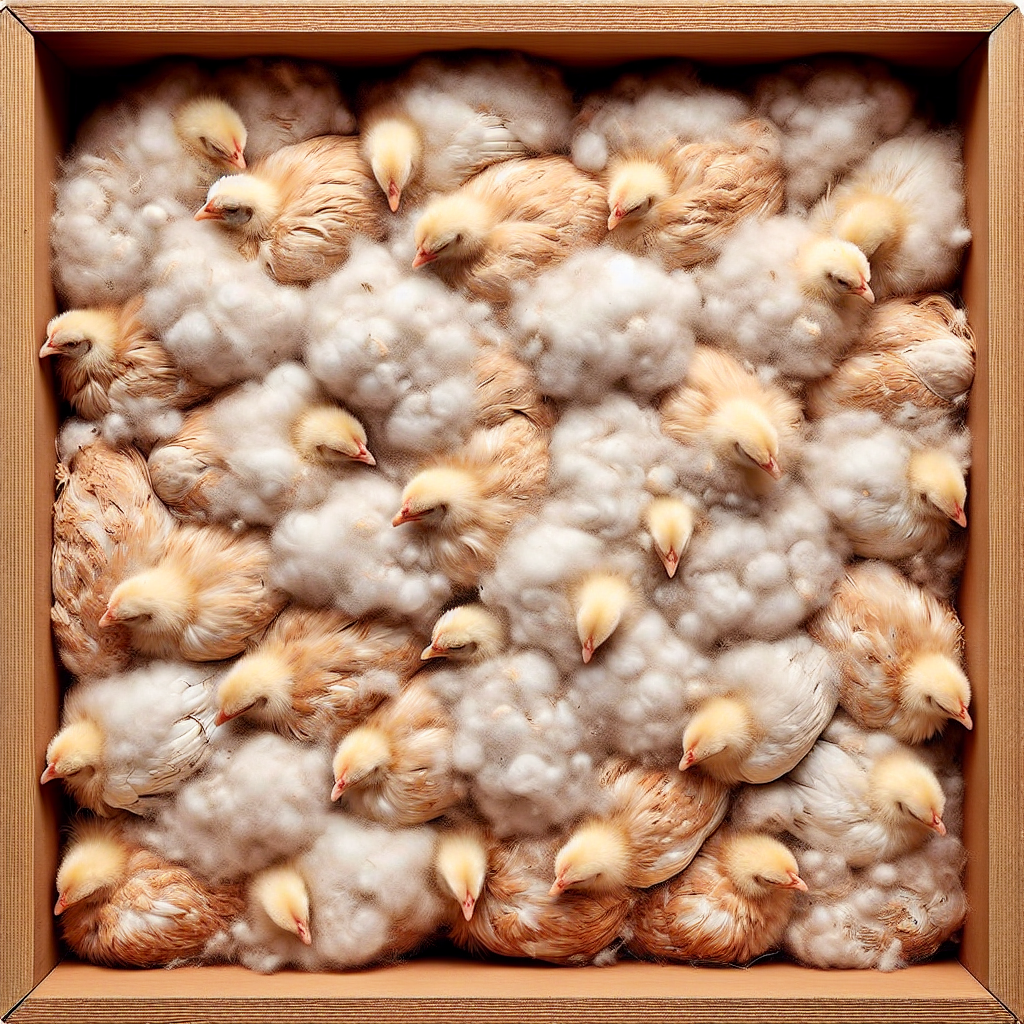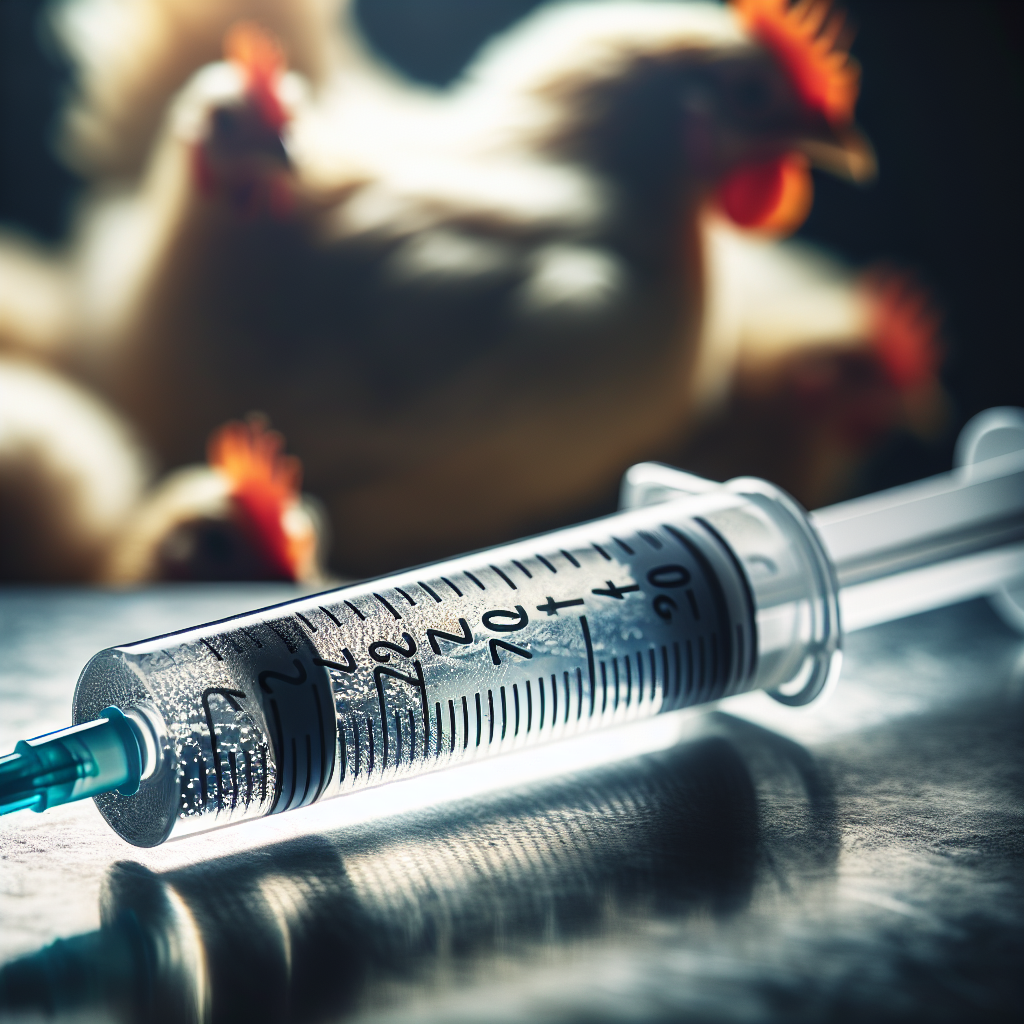Are you a chicken keeper who has recently encountered the issue of egg-binding in your hens? If so, you may be wondering how to address and manage this condition effectively. Egg-binding, a common problem in laying hens, refers to when an egg gets stuck in a hen’s reproductive tract, causing discomfort and potential complications. In this article, we will explore various strategies and techniques for addressing and managing egg-binding in hens, ensuring the well-being and health of your feathered friends.
What is egg-binding?
Egg-binding, also known as dystocia, is a condition in which a hen is unable to pass an egg. It occurs when the egg gets stuck in the reproductive tract, leading to discomfort and potential complications for the hen. Egg-binding is a serious issue that requires prompt attention and proper management to ensure the hen’s well-being.
Causes of egg-binding
There are several factors that can contribute to egg-binding in hens. One common cause is calcium deficiency, which weakens the muscles in the reproductive tract, making it difficult for the egg to pass through. Other factors include a lack of exercise, inadequate nutrition, genetic predisposition, poor overall health, and stress. It is essential to identify and address these underlying causes to prevent further occurrences of egg-binding.
Symptoms of egg-binding
Recognizing the symptoms of egg-binding is crucial in providing timely assistance to the affected hen. Some common signs include restlessness, decreased appetite, swollen abdomen, straining or squatting frequently, isolation from the flock, and visible discomfort or distress. The hen may also exhibit unusual behavior such as excessive vocalization or frequent visits to the nest box without producing an egg. Being aware of these symptoms enables you to take immediate action and prevent any potential complications.
Dangers of egg-binding
Egg-binding can pose serious risks to the hen’s health if left unaddressed. In some cases, the egg can become lodged in the reproductive tract, leading to tissue damage, infection, or even rupture. These complications can be life-threatening and may require immediate veterinary intervention. Additionally, prolonged egg-binding can weaken the hen’s overall health, affecting her immune system and making her more susceptible to other illnesses. It is important to address egg-binding promptly to prevent these potential dangers.
Preventing egg-binding
Taking proactive measures to prevent egg-binding in hens is essential for their overall well-being. Here are some practical steps you can take to minimize the risk:
Providing a suitable environment
Creating an optimal environment for your hens is crucial in preventing egg-binding. Ensure that the coop is clean, well-ventilated, and free from excessive humidity. Provide sufficient nesting boxes with soft bedding material to make the laying process comfortable for the hens. Adequate space and privacy in the coop can also reduce stress levels, lowering the risk of egg-binding.
Proper nutrition
A nutritious and balanced diet plays a vital role in preventing egg-binding. Ensure that your hens have access to high-quality layer feed that is specifically formulated to meet their nutritional needs. Incorporate calcium-rich sources such as crushed oyster shells or limestone grit into their diet to support strong eggshell formation. Regularly check and adjust their diet to maintain optimal health and prevent deficiencies.
Encouraging exercise
Promoting regular exercise is beneficial for hens and can help prevent egg-binding. Allow free-ranging time for your flock or create an enriched environment in the coop with perches, ramps, and toys to encourage physical activity. Exercise stimulates muscle tone and blood flow, aiding in the smooth passage of eggs through the reproductive tract. Providing opportunities for exercise enhances overall health and reduces the likelihood of egg-binding.
Identifying egg-binding
Knowing how to identify egg-binding is crucial in providing the necessary assistance to the affected hen. The following methods can help you recognize signs of egg-binding:
Observing unusual behavior
Pay attention to any unusual behavior exhibited by your hens. Restlessness, frequent visits to the nest box without producing an egg, or repetitive squatting can indicate potential egg-binding. Observe their interactions with the flock and note any changes in their overall behavior or demeanor.
Examining physical symptoms
Perform regular physical examinations on your hens to check for any signs of egg-binding. Feel their abdomen for any swelling, firmness, or discomfort. Observe their vent area for any discharge or abnormality. If you notice any physical abnormalities or signs of distress, it is important to take action promptly.
Noticing changes in egg-laying pattern
Monitoring changes in your hens’ egg-laying pattern can help in identifying egg-binding. If a hen suddenly stops laying eggs or experiences a significant decrease in egg production, it could be an indication of egg-binding. Keep track of their daily egg-laying habits and contact a veterinarian if you notice any abnormal patterns.
Initial steps to address egg-binding
When confronted with egg-binding in a hen, taking immediate action is crucial. Here are some initial steps you can take to address egg-binding:
Isolating the affected hen
Separate the affected hen from the rest of the flock to provide a calm and quiet environment for her. Isolation reduces stress levels and allows you to closely monitor her condition. Ensure that the isolation area is clean, warm, and well-ventilated to promote comfort and healing.
Providing a warm and quiet environment
Create a warm and quiet environment for the isolated hen. Maintain an ambient temperature of around 85-90°F (29-32°C) to relax her muscles and help facilitate egg-laying. Limit external disturbances and loud noises that may cause further stress or anxiety for the hen.
Offering calcium and hydration
Providing calcium and hydration is essential in addressing egg-binding. Offer the hen calcium supplements, such as crushed oyster shells or calcium-rich foods, to support muscle contractions and eggshell formation. Ensure that fresh water is readily available and encourage the hen to stay hydrated. Hydration aids in the mobility and lubrication of the egg, facilitating its passage.
Non-invasive techniques to assist egg-laying
Depending on the severity of the egg-binding, non-invasive techniques can be used to help the hen in passing the egg. Here are some non-invasive methods to assist egg-laying:
Lubricating the vent
Applying a lubricant, such as petroleum jelly, to the vent area can facilitate the smooth passage of the egg. Gently massage the lubricant onto the vent, taking care not to cause any unnecessary discomfort or injury. The lubrication helps to reduce friction and ease the egg’s movement through the reproductive tract.
Massaging the abdomen
Gently massaging the hen’s abdomen can help stimulate muscle contractions and promote egg movement. Use gentle circular motions around the abdomen area, taking care not to exert excessive force. The massage should be done in a calm and controlled manner, with the aim of encouraging the egg to progress towards the vent.
Applying warm compresses
Warm compresses applied to the hen’s vent area can help relax the muscles and relieve any discomfort. Soak a clean cloth or towel in warm water, wring out the excess moisture, and gently place it on the vent area. The warmth helps to soothe the tissues and may aid in facilitating egg-laying.
Invasive techniques to assist egg-laying
If non-invasive techniques fail to resolve the egg-binding, invasive techniques may be necessary. It is important to note that invasive techniques should only be performed by a trained professional or veterinarian. Here are some invasive methods that can be employed to assist egg-laying:
Internal manipulation
Internal manipulation involves manually manipulating the egg within the hen’s reproductive tract to facilitate its passage. This technique should only be performed by a trained professional to minimize the risk of injury or complications. It is crucial to seek veterinary assistance if internal manipulation is deemed necessary.
Oxytocin injection
An oxytocin injection can be administered to stimulate contractions and aid in egg expulsion. This hormone encourages the muscles of the reproductive tract to contract, facilitating the movement of the egg. Oxytocin injections should only be given by a professional who has proper knowledge and expertise in avian health.
Surgical intervention
In severe cases of egg-binding, surgical intervention may be required to remove the egg. This is usually considered a last resort when all other methods have failed. A veterinarian will assess the situation and determine the best course of action, which may involve a surgical procedure to safely extract the egg.
Post-treatment care and recovery
After addressing egg-binding, providing appropriate post-treatment care is essential for the hen’s recovery. Here are some crucial steps to take during the post-treatment phase:
Monitoring the hen
Continuously monitor the hen’s condition to ensure she is recovering well. Observe her behavior, appetite, and egg-laying patterns. Keep a close eye on any signs of discomfort, distress, or potential complications. Regular monitoring allows you to take prompt action if any issues arise.
Administering antibiotics
Egg-binding can predispose hens to bacterial infections. To prevent infection and promote a healthy recovery, it is important to administer antibiotics as prescribed by a veterinarian. Follow the recommended dosage and duration to effectively combat any potential infection or complications.
Supportive care
Provide supportive care to the hen during her recovery period. This includes ensuring a nutritious and balanced diet, offering ample rest and relaxation, and minimizing stressors. Boost her overall well-being by maintaining a clean and comfortable environment, giving her access to fresh water, and providing any necessary supplements or medications.
Precautions and possible complications
While addressing egg-binding, it is important to keep a few precautions in mind to prevent any further complications. Here are some key precautions to consider:
Seeking professional advice
Always consult a veterinarian or poultry health expert when dealing with egg-binding. They have the knowledge and expertise to provide accurate diagnosis and guide you through appropriate treatment options. Attempting invasive procedures without proper training can worsen the situation and harm the hen.
Avoiding excessive force
When performing non-invasive techniques, use gentle and controlled motions. Avoid using excessive force, as it can cause injury or damage to the hen’s reproductive tract. Treat the hen with care and compassion, ensuring her comfort and well-being throughout the process.
Recognizing potential complications
Be aware of potential complications that may arise during the treatment of egg-binding. These can include egg breakage, tissue damage, infection, or internal injuries. If you notice any unusual symptoms or worsening of the hen’s condition, seek veterinary assistance immediately.
When to consult a veterinarian
While some cases of egg-binding can be managed at home, there are situations where veterinary intervention is necessary. Contact a veterinarian if you observe any of the following:
Persistent egg-binding
If the hen remains egg-bound despite the initial measures taken, it is crucial to seek professional help. Persistent egg-binding may require further assessment, diagnostics, and specialized veterinary treatment.
Visible distress or pain
If the hen exhibits visible distress, signs of severe pain, or is unable to move or engage in everyday activities, immediate veterinary attention is necessary. These signs may indicate complications or severe egg-binding that requires urgent intervention.
Recurring episodes of egg-binding
If the hen experiences recurring episodes of egg-binding, it is important to consult a veterinarian. Recurrence may suggest underlying health issues or predisposing factors that need to be addressed in order to prevent further occurrences.
Conclusion
Addressing and managing egg-binding in hens requires proactive steps, careful observation, and timely intervention. By providing a suitable environment, proper nutrition, and encouraging exercise, you can minimize the risk of egg-binding. Identifying the symptoms and taking initial steps to address egg-binding are crucial in preventing further complications. Employing non-invasive techniques or, if necessary, invasive methods under professional guidance can help facilitate egg-laying. Proper post-treatment care, precautions, and timely veterinary consultation ensure a smooth recovery for the hen. With ongoing monitoring and a focus on preventive measures, you can keep your hens healthy, happy, and free from the risks of egg-binding.




